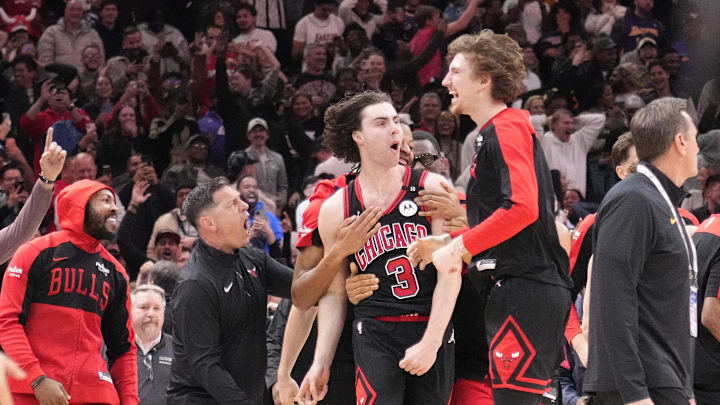The discussion surrounding rookie-scale extensions is intensifying, and for good reason. The restricted free agent class of 2026 is filled with genuine difference-makers—players who have evolved from mere prospects to foundational pieces for their franchises.
Thanks to stalled negotiations, well-known names like Bennedict Mathurin and Tari Eason could be joined on the market by emerging stars such as Jaden Ivey, Jalen Duren, and Walker Kessler. All of these players could be at the top of the Chicago Bulls' wish list if they were to become available on the open market.
In the ever-shifting landscape of NBA roster building, the least obvious moves often create the most opportunity. And right now, the Chicago Bulls find themselves in one of those “hidden-window” moments. With cap space arguably the largest in the league this summer, and a rebuild still alive, the missteps of other franchises in locking up their young players have set up Chicago for an offseason filled with upside.
Let's unpack the situation: Several teams failed to secure rookie-scale extensions for players who should have otherwise been locked in. The stalled negotiations for talents like Mathurin and Eason are prime examples, and they signal a loud message: the market for young, cheap, controllable assets is getting riskier for teams that are out of step.
Enter the Bulls: Positioned to strike
With significant cap flexibility, the Bulls are positioned not just to wait but to strike. Because when other teams stumble, the prizes shift. If you have space, patience, and a plan—like Chicago does—you win by default.
Consider this: The Bulls chased the market and navigated the complexities of restricted free agency with Josh Giddey. Now they know the cost of hesitation. By holding steady while others struggled to extend their talents early, the Bulls are poised to leverage that learned lesson into an actionable advantage. The rookie-scale extension deadline passed, and the value for several players remains in flux.
This isn’t about being passive—it’s about being opportunistic. Chicago can target young players who may enter the market hotter than expected, because their current teams didn’t act. They can structure deals, options, and incentives—whatever it takes—to deliver upside without committing max money. This approach of buying low on high-upside youth contrasts sharply with the riskier, more traditional paths of overpaying for aging veterans or gutting the roster for a short-term fix. The more brilliant play: buy low, patiently.
And here’s the most exciting piece: The Bulls already have a nucleus in place—a style (fast-paced, young, energetic) and relatability with new players. If someone enters Chicago, they don’t spend six months learning a system—they plug into one. In an offseason where others are scrambling, Chicago has to show up.
